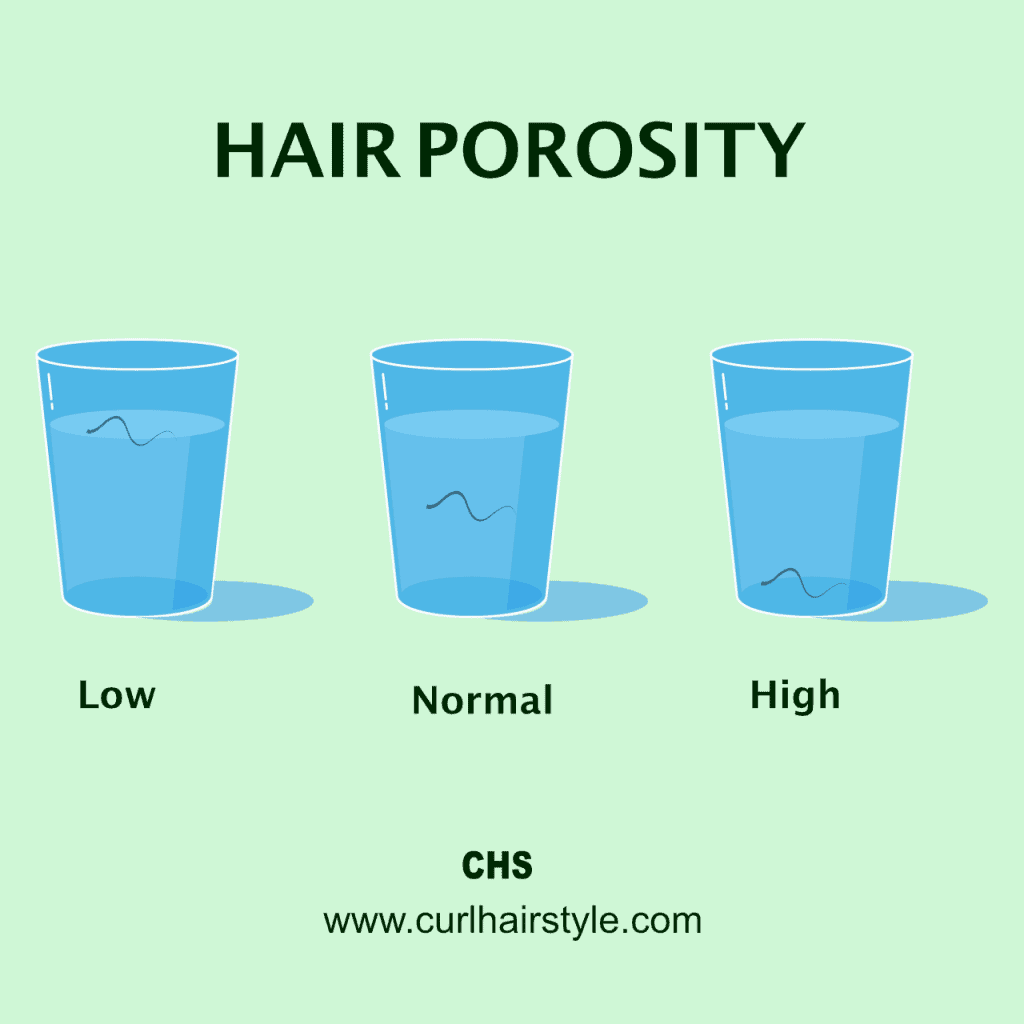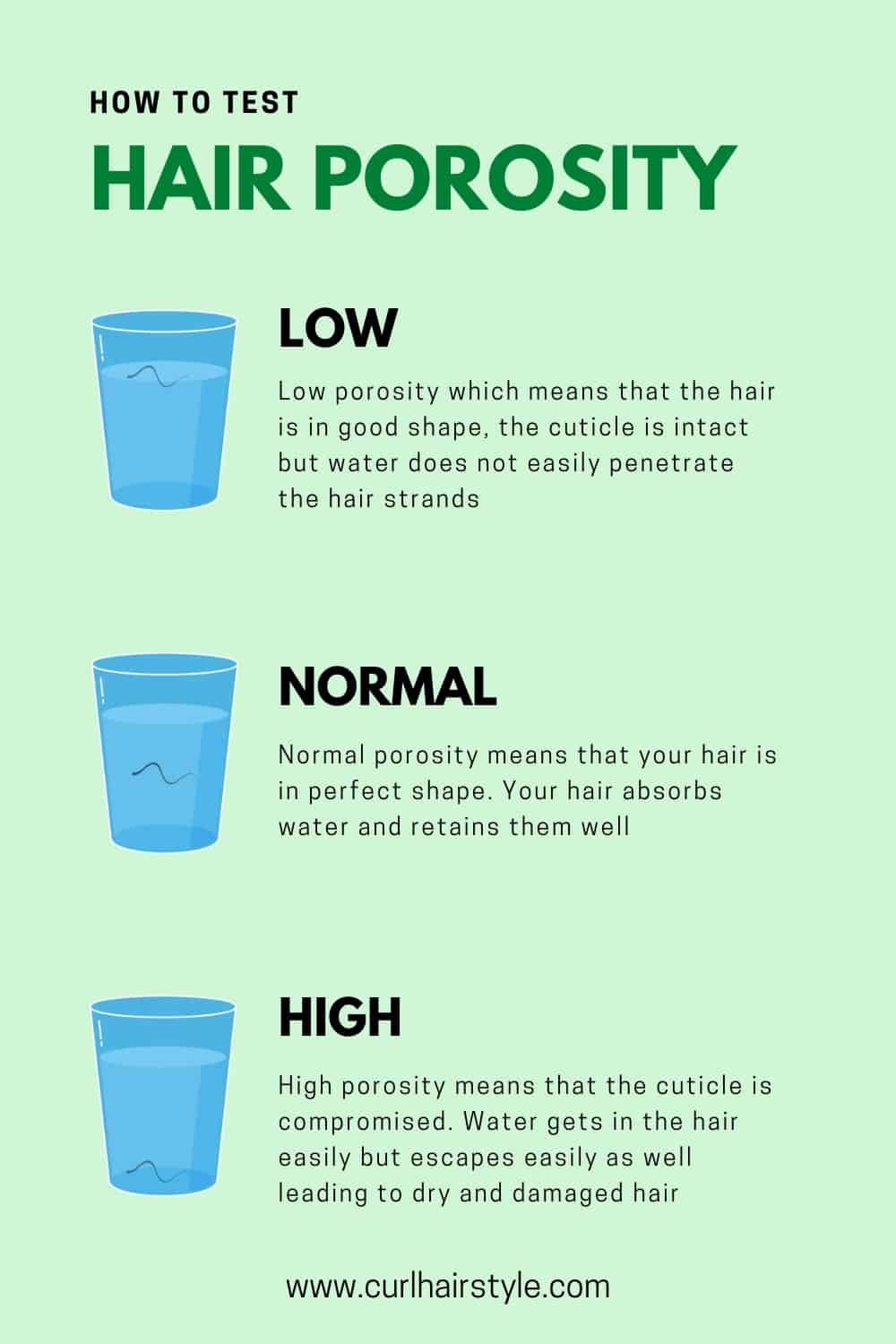7 Simple Tips to Boost Hair Porosity for Healthy Curls
Many women with curly hair often struggle with dryness and frizz. We usually try many different hair products, hoping to fix our dry and damaged hair. Most times, these products do not work. This is because we forget to think about our hair’s porosity. You might not have heard of this before, but hair porosity is real. Let me explain what hair porosity means.
What is hair porosity?
Hair porosity shows how well your hair can take in and hold moisture. This depends on the health of your hair cuticle. When hair gets damaged from too much styling, it becomes more porous. Overstyling lifts the cuticles away from the hair strands, causing damage. Genetics also play a role in hair porosity. Many women of African descent often have high porosity hair. This is because their curly or coily hair has more lifted cuticles than straight or wavy hair. Hair porosity falls into three types: low porosity, normal porosity, and high porosity.
How to test hair porosity at home?
Hair porosity falls into three types. Low porosity means your hair is healthy with a tight cuticle, so water has a hard time getting in. Normal porosity means your hair is in great condition. It easily absorbs and holds onto moisture. High porosity means the cuticle is damaged. Water enters quickly but also leaves fast, causing dryness and damage.
You can easily test your hair’s porosity at home. First, comb your hair and collect any loose strands. Fill a clear glass with water. Drop the hair strands into the glass. If the hair floats, it means water cannot get inside, so your hair has low porosity. If the hair floats at first but slowly sinks, your hair is healthy with medium porosity. If the hair quickly sinks to the bottom, your cuticles are damaged, and your hair has high porosity.
Low porosity hair is usually healthy. Its cuticles are closed tightly, making it hard for water and chemicals to get in. Because of this, water takes longer to soak into the hair. Besides the water test we talked about earlier, there are other signs of low porosity hair. Your hair might take a while to get fully wet in the shower. It may also dry quickly after washing. If protein treatments do not seem to work well on your hair, you likely have low porosity hair.
Avocado Oil<span style="font-family:Verdana,BlinkMacSystemFont,-apple-system,segoe ui,Roboto,Oxygen,Ubuntu,Cantarell,'open saFor low porosity hair, it is advised to use products that attract or hold moisture on your hair. You can use avocado oil on your hair. Avocado oil will penetrate the hair cuticle and moisturize the hair strand from within. |
If your hair has medium porosity, it is healthy and balanced. Your hair easily takes in and holds moisture. To keep it this way, use a good deep conditioning product that supports hair health. Wash and condition your hair regularly with a shampoo and conditioner that add moisture and hydration to maintain its strength and shine.
High porosity hair means the cuticles are open and damaged. This can happen from too much styling or using harsh chemicals. Heat from flat irons or blow dryers also causes cuticles to lift. Curly and coily hair types often have high porosity because their twists make cuticles lift more easily. So, it is important for women with curly or coily hair to keep their hair well-moisturized and hydrated.
If you have high porosity hair, try using hair products with proteins. These proteins help your hair keep moisture and fix damage. Also, choose products with coconut oil <span style="font-weight:and olive oil. These heavier oils deeply moisturize and nourish your hair.
Knowing your hair porosity helps you keep your hair healthy. Using products that do not match your hair’s needs wastes money. If your hair has high porosity, do not worry. You can still care for it. The secret to healthy hair is understanding your hair type, following a good routine, and living a healthy lifestyle. The better you know your hair, the easier it is to care for it.










